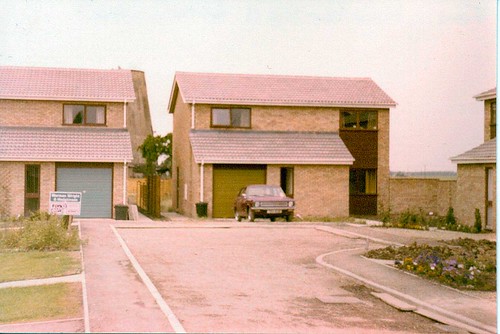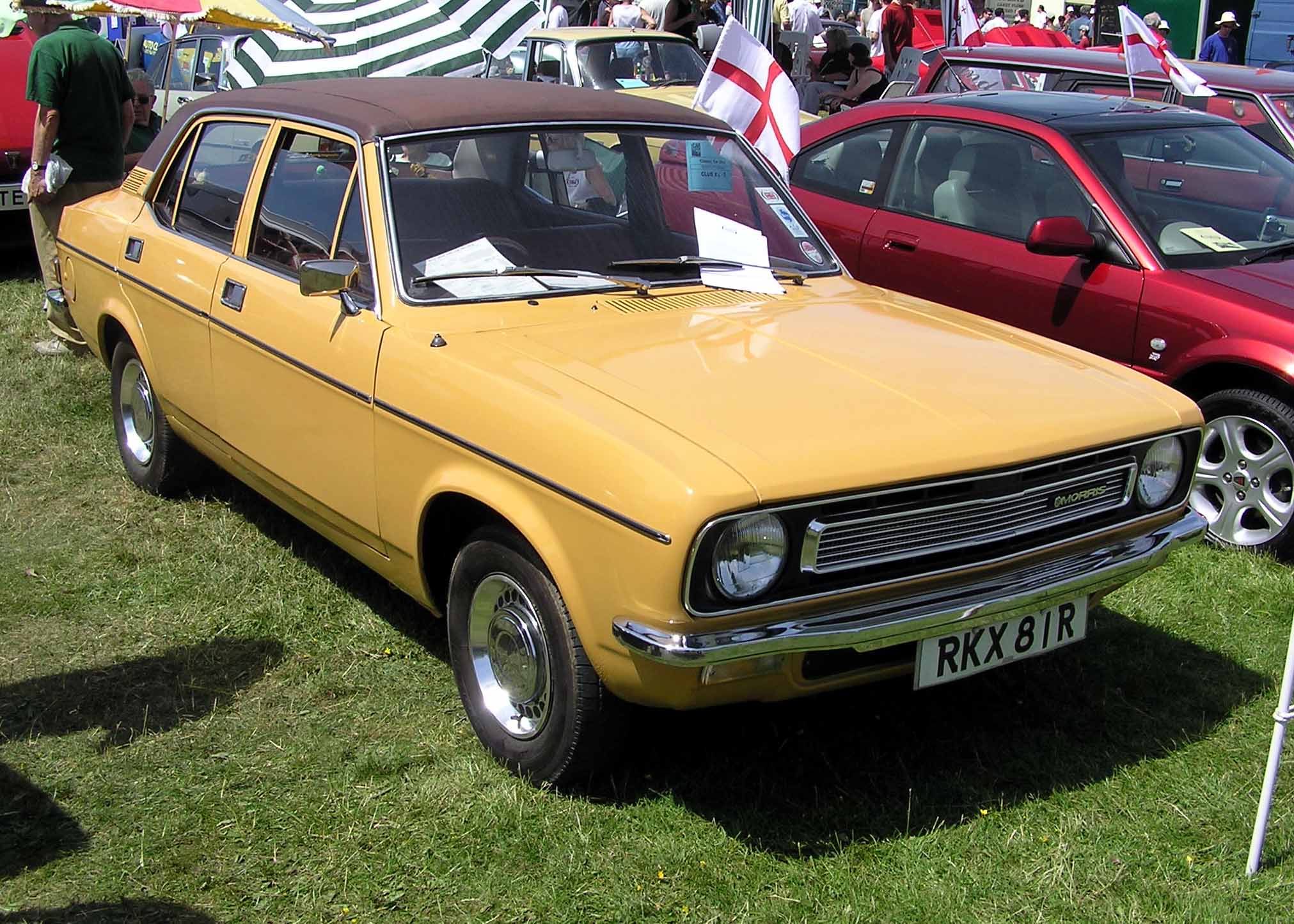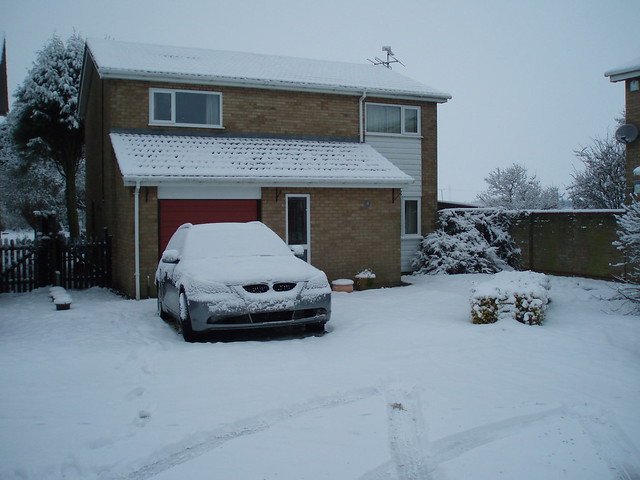Jeremy Clarkson called it the worst car ever made (it’s not) and the joke on Top Gear is to smash up a Morris Marina whenever one appears on the show. I think they’ve destroyed about four or five so far, which is a shame because there’s less than a thousand of them left.
The Marina was going to be one of the cars that saved the British motor industry. British Leyland had moved to a range that was entirely front-wheel drive and they had a troublesome reputation and were not considered robust enough in many export markets.
The Austin Allegro (nicknamed All-Aggro) had been a disaster and the Marina, which used the old Morris name (the last car to do so), was supposed to provide some quality and revive a much-loved badge which had been unused since the Morris Minor 1000 was discontinued. It was also rear-wheel drive and that was still a very popular format. The top-selling Cortina was RWD, so was the Escort MkII and first Vauxhall Cavalier.
Sad to say, the Marina wasn’t a great car. It was noisy, plasticky, unreliable and uncomfortable. It was also the worst-handling car I’ve ever owned. Plus points? The rear seats were actually quite comfortable and roomy, and the boot was reasonably large.
I’d taken the job of sports editor at the Peterborough Standard mainly because it came with a company car. That would have been around 1978 and, back then, a company car was a real perk - almost untaxed and free to use. There wasn’t even any need to put your own petrol in the car. Considering that buying and repairing a car was my largest expenditure apart from the house, this was a major consideration.
The Marina was S-reg, with maroon paintwork (probably called dark tulip) and light brown interior. When the keys were handed to me, I was disappointed to find that it was not brand new and even more disappointed to be told that it had to go into the body shop soon because the previous user’s wife had crunched the back door.
It took the shine off my new perk - but at least I wasn’t footing the repair bill.
In fairness, the Marina was soon fixed and they did a good job. Also, it was being changed the following year as Sharman & Co (the company I’d gone to work for) had a policy of swapping company cars every two years.
From the outside, the Marina was a wedge-shape, but with an ugly, bulbous rear end and a front that seemed artificially low. Driving the car, there was a heavy bias towards understeer; it always wanted to go straight on and you’d get no feedback at all from the rear end, which is extraordinary for a rear-wheel-drive car. There was no balance to the car, it felt as if you were fighting to get it to go around a bend and the steering was so heavy that parking needed good, strong muscles. It also suffered from excessive body roll and not progressive, predictable roll like a Renault - this bugger tended to lurch to the side. Suspension was torsion bars at the front and leaf springs with a live rear axle - stagecoach technology.
Incredible as it seems, with so much going against it, the Marina was a popular car with the British public. It came close to beating the Cortina one year and was regularly in the top three or four best-selling cars. I have to say that it never let me down and we were able to make a few trips back home to Cheshire, including, sadly, to the funeral of Margaret’s father Norman. Back then, we used to take the A47 to Leicester, then the A6 up to Kegworth, through Derby, Stoke and pick up the M6 at Stoke south. It would take four hours, although 10 years later, route refinements, new roads and bypasses meant we could do it in two-and-a-half hours.
The only journey I can really remember in the car was a trip to York with my wife Margaret and my sister Margaret plus her husband Mick. We were all without children back then and I’d gone to cover a football match between York and Peterborough. We’d decided to make a day of it and I guess that I remember it because the Marina engine was getting hotter and hotter cruising at 70mph on the A1. There were minimal instruments in the car, but it did have a large, clear temperature gauge for engine coolant and this was edging towards the red danger zone. Lifting off to about 60mph brought it back to normal, so I spent the entire journey of three hours or so pushing the speed up, then easing off as the temperature rose. The other thing I remember is wandering round York trying to find this vegetarian cafe they’d heard about. They were both vegetarian and in those days it was a nightmare to eat out. We eventually found the place, it was small, grotty, terrible service and little choice. I ended up with broccoli crumble or something disgusting - should have had a pie at Bootham Crescent!
The engine was the old A-Series four cylinder, which pushed out 60bhp. It was quite hard worked in a large-ish car like the Marina, but it was fairly economical and there was a decent mid-range spread of torque.
There were no head restraints, but it did have a radio. I particularly remember a few things about the car:
- it had ridiculously short seats and they were also set at a poor angle, so you got no thigh support and it was uncomfortable on long journeys. OK for short drivers, but not for me!
- The windscreen wipers were set on the wrong side (as if for a left-hand-drive car) so the top right of the windscreen was unswept. It was even worse if you were tall (I’m beginning to think the guy who designed the Marina was 5ft 3in.
- Mine was a GL or SL model which meant very little except it got a bit of bling here and there. One of the features were full wheel-trims and these came in two parts - an outer ring and a chrome hubcap that clipped onto the wheel and held the outer ring in place. The outer rings weren’t a snug fit into the wheel and so they’d move up and down if you were driving slowly and make an annoying noise like a cymbal clashing. It took me a while to work out what it was that caused the noise and once I had, I took off the outer trim rings and chucked them in the garage.
The Marina wasn’t a great car, I couldn’t even say it was a good car, but it certainly wasn’t the worst car ever built (Jeremy Clarkson has probably never driven a Lada). I wasn’t sorry to see it go and the next car on my list, a Talbot Horizon 1.1 LS was considerably better.






